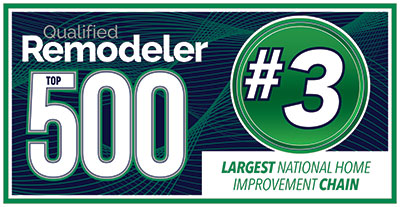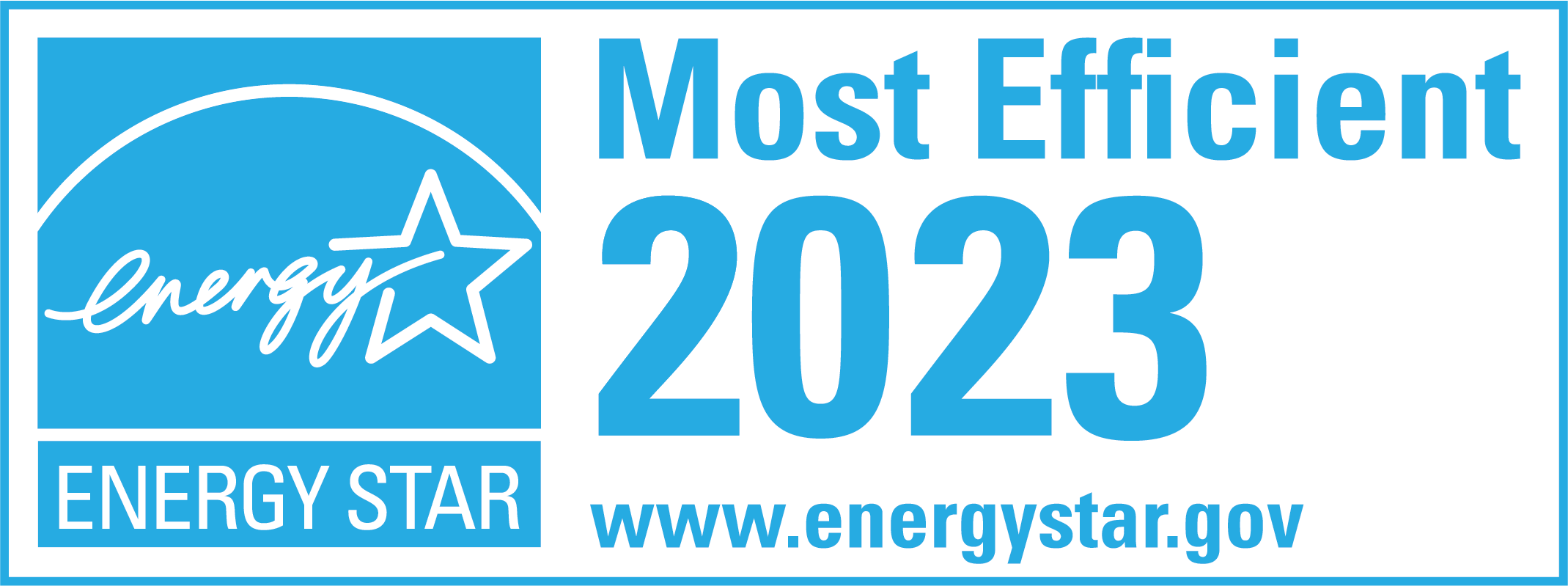Understanding the Difference Between Tempered and Laminated Glass
Glass is essential for many applications, from building construction to automobile manufacturing. Understanding the different types of glass available in the market can help you buy replacement windows. Two popular types of safety glass are tempered and laminated glass. In this article, we explore the differences between these two types of glass, the manufacturing process, and their typical applications.
The Basics of Glass Manufacturing
Glass is a versatile material used in various applications, from windows and mirrors to laboratory equipment and smartphone screens. But have you ever wondered how glass is made? Let’s take a closer look at the basics of glass manufacturing.
Glass is made by melting silica sand, soda ash, and limestone in a high-temperature furnace. The resulting molten glass is then shaped and cooled to harden. The quality of the glass is determined by the purity of the raw materials, the manufacturing process, and the treatments applied to the glass.
Raw Materials and Production Process
The quality of raw materials used in glass manufacturing significantly impacts the quality of the final product. Silica sand is the primary ingredient, and impurities must be removed to produce high-quality glass. Soda ash and limestone are added as fluxing agents to lower the melting point of the silica and assist in the manufacturing process.
The mixture is melted in a furnace at temperatures up to 1700°C, resulting in molten glass. This molten glass is then shaped, cooled, and treated to obtain the desired properties. The shaping process can involve blowing, pressing, or rolling the glass into the desired shape or thickness. Once the glass has been shaped, it is cooled slowly to prevent thermal shock and to improve its strength and durability.
The Importance of Glass Treatments
Glass treatments improve the final product’s strength, durability, and performance. Common glass treatments include tempering and lamination.
Tempering is heating the glass to high temperatures and then rapidly cooling it. This process creates a surface compression on the glass, making it more resistant to impact and thermal stress. Tempered glass is commonly used in applications where safety is a concern, such as car windows, shower doors, and glass table tops.
Laminated glass is made by sandwiching an interlayer (typically made of plastic) between two sheets of glass, which are then bonded together. This process creates a strong, durable glass resistant to impact and penetration. Laminated glass is commonly used in applications where security or sound insulation is a concern, such as banks, airports, and recording studios.
Other treatments include coating the glass with a thin layer to improve its optical or thermal properties or subjecting it to a chemical process to create a frosted or etched appearance. So, the next time you look through a window or use a glass product, take a moment to appreciate the complex and fascinating process of making this versatile material.
What is Tempered Glass?
Tempered glass is a type of safety glass commonly used in applications requiring extra durability and safety. It is made by the standard heating glass to high temperatures and then rapidly cooling it with forced air. This process creates surface tension on the outer surface of the glass, making it stronger and more resistant to breakage than standard glass.
One of the critical characteristics of tempered glass is that it breaks into tiny, blunt pieces instead of sharp, jagged pieces if it is broken. This is a safety feature that minimizes the risk of serious injuries.
The Tempering Process
The tempering process involves heating the glass to high temperatures (typically 650°C) and rapidly cooling it with forced air. This process cools the outer surface of the glass, creating surface tension while the inside remains hot. The resulting compressed glass is much stronger than standard glass, making it more breakage-resistant. Tempered glass can only be produced in a factory; once it has been tempered, it cannot be cut or drilled. This means that any customization or shaping of the glass must be done before the tempering process.
Key Characteristics of Tempered Glass
In addition to its strength and safety features, tempered glass has several other key characteristics that make it suitable for specific applications. One of these characteristics is its high thermal resistance. Tempered glass is resistant to temperature changes, making it an ideal choice for applications in heat-sensitive environments. Another characteristic of tempered glass is its durability. It is stronger and more resistant to breakage than standard glass, making it an excellent choice for applications that experience a lot of wear and tear.
Common Applications of Tempered Glass
Tempered glass is used in many applications due to its strength, safety features, and durability. One of the most common tempered glass applications is in windows and doors. It is more resistant to breakage than standard glass, making it an ideal choice for high-traffic areas. Tempered glass is also commonly used in shower enclosures, as it is less likely to shatter if it is accidentally bumped or hit.
Another common application of tempered glass is in automobile windows and windshields. Its strength and safety features make it an ideal choice for these applications. Tempered glass is often used in the construction industry for facades and fences. Its strength and durability make it an excellent choice for these applications, as it can withstand the elements and the wear and tear of daily use.
Overall, tempered glass is a versatile and durable type of glass that is commonly used in a wide range of applications. Its strength, safety features, and durability make it an ideal choice for applications that require extra durability and safety.
What is Laminated Glass?
Laminated glass is a type of safety glass made by sandwiching an interlayer between two sheets of glass. The interlayer is usually made of polyvinyl butyral (PVB) or ethylene-vinyl acetate (EVA) and is an adhesive that keeps the glass together if it is broken. This reduces the risk of injury from sharp glass shards and makes laminated glass an ideal choice for applications where safety is a concern.
But laminated glass is not just a safety feature. It also offers several other benefits, making it a popular choice for various applications.
The Lamination Process
The lamination process involves bonding the interlayer between two sheets of glass using heat and pressure. The glass and interlayer are placed in a specialized oven, heated to a specific temperature, and pressed together under high pressure. This process creates a strong bond between the layers, making the glass harder to break.
Depending on the specific application, different types of interlayers can be used in laminated glass. For example, some interlayers are designed to provide additional strength, while others are designed to reduce sound transmission or block UV radiation.
Key Characteristics of Laminated Glass
In addition to its safety features, laminated glass offers several other key characteristics that make it a popular choice for various applications.
Sound Reduction:
The interlayer in laminated glass reduces the transmission of sound waves, making it a practical choice for noise-reduction applications. This makes it an ideal choice for buildings located in noisy areas, such as airports or busy city centers.
UV Protection:
The interlayer in laminated glass also blocks UV radiation, making it an excellent choice for applications that require protection from harmful UV rays. This makes it an ideal choice for buildings located in sunny areas and for automobile windshields, which can help protect drivers and passengers from the harmful effects of UV radiation.
Strength:
Laminated glass is much stronger than regular glass, thanks to the interlayer that holds it together. This makes it an ideal choice for applications where impact resistance is a concern, such as hurricane-resistant windows or glass floors.
Common Applications of Laminated Glass
The safety features, sound reduction, and UV protection offered by the laminated glass make it a popular choice for various applications.
Automobile Windshields:
Laminated glass is commonly used for automobile windshields, where its safety features and UV protection can help protect drivers and passengers from injury and sun damage.
Skylights:
Laminated glass is also a popular choice for skylights, where its strength and sound reduction can help keep buildings quiet and safe.
Glass Floors:
Laminated glass is a popular choice for glass floors, where its strength and safety features can help prevent injuries from falls.
High-Security Applications:
Laminated glass is often used in high-security applications, such as banks and government buildings, where its strength and impact resistance can help prevent break-ins and protect against explosions.
Hurricane and Blast-Resistant Windows:
Laminated glass is also commonly used for hurricane and blast-resistant windows, where its strength and impact resistance can help protect buildings and their occupants from damage.
Comparing Tempered and Laminated Glass
Tempered and laminated glass have their strengths and weaknesses, depending on the application they are used for.
Strength and Durability
Tempered glass is known for its strength, durability, and ability to withstand high impacts. However, it is more prone to surface damage, such as scratches and chips, which can cause it to break under extreme pressure. On the other hand, laminated glass is more resilient to surface damage and can withstand multiple impacts, making it more suitable for applications where repeated blows are expected.
Safety Features
Both tempered and laminated glass has safety features that make them suitable for different applications. Tempered glass is designed to break into tiny, blunt pieces, reducing the risk of injury. On the other hand, laminated glass has an interlayer that holds the glass together if it is broken, reducing the risk of injury even further.
Cost and Availability
Tempered glass is generally more affordable than laminated glass, and it is more widely available. And However, laminated glass has additional benefits, such as noise reduction, UV protection, and more excellent resistance to repeated impacts, which may justify the extra cost in specific applications.
Conclusion
Tempered glass is strong, heat-resistant, and has a long lifespan, but is used sparingly as required by code. Laminated glass provides excellent soundproofing qualities, as well as safety. Even though annealed glass is the most common type of glass in replacement windows, it is important to understand the benefits of tempered and laminated glass when evaluating price and value.
Now that you have a better idea of how these two products compare, you can make the most educated decision for you. If you live in DFW and would like further information on either of these two glass options or window replacement services, we’re here to help. Reach out today to chat with us and get an estimate – we look forward to hearing from you!






